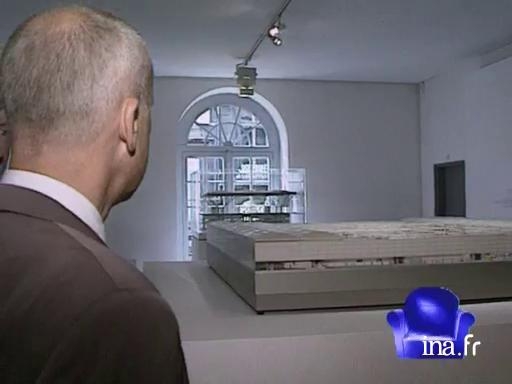Norman Foster exhibit in Bordeaux

Information
On the occasion of an exhibit of Norman Foster's work in Bordeaux's Lainé warehouses, the architect discusses his ideas about architecture and his creations.
Context
As a young architecture graduate, Norman Foster won a scholarship for a Master's Degree at University of Yale. He met Richard Rogers with whom he founded Team 4 with their respective wives. The Reliance factories project in Swindon laid down the foundations of "high tech" architecture, which they were the authorities of. This current explored technological innovations through prefabricated industrial module repetition, the use of steel, of glass and of high-tension cables, expressing a lightness and refinement of construction processes. In 1967 Team 4 separated, Rogers joined Renzo Piano while Foster and his wife created Foster Associates which has today become Foster and Partners whose agencies work with over 500 collaborators between London, Berlin and Hong Kong. It has assisted Buckminster Fuller, inventor of the geodesic dome, in his theoretical works and his projectAutonomous Housein 1982. Made life peer of the United Kingdom, he took an interest in new relationships between building and its environment, with concern for the ecological impact.
Baron Foster of Thames Bank and of Reddish in the County of Greater Manchester has received over 470 awards such as the Pritzker Prize and the Gold Medal from the RIBA. His projects cover the world, such as the Reichstag in Berlin, Beijing airport, the Hong Kong and Shanghai Bank in Hong Kong, the Millau viaduct, the Carré d'Art in Nîmes and the Millennium Bridge in London.




